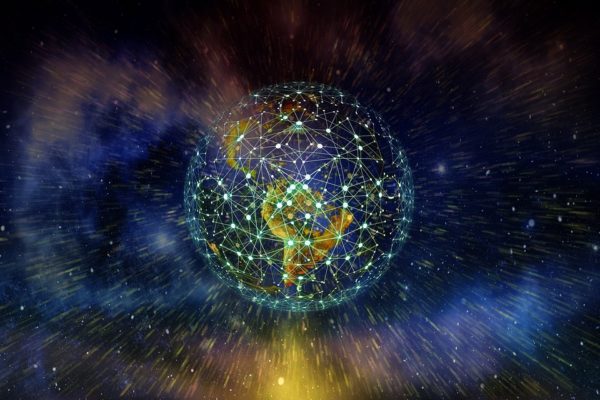
When the precursor to today’s internet carried its first message in 1969, clunky but functional classical computers had already been around for decades. Now, physicists are designing the embryonic threads of a whole new internet for moving and manipulating a radically different type of information: the quantum bit, or “qubit.” And this time, they aren’t waiting for the corresponding computers to exist first.
Two teams have now demonstrated an ensemble of technologies essential to building the backbone of such a network — devices known as quantum repeaters. The researchers managed, for the first time, to use light particles to bind two crystals separated by tens of meters into a single quantum mechanical system and verify the connection in a simple way. The experiments foreshadow a future where institutions across the planet can take advantage of a bizarre type of connection called entanglement.
“This is for sure a new step for quantum repeater applications,” said Julien Laurat, a physicist at Sorbonne University in France, who was not involved in the research.


